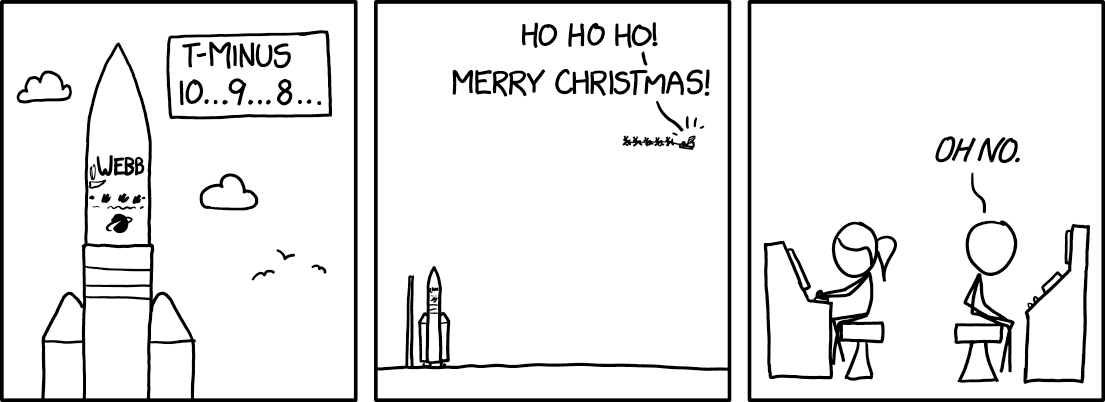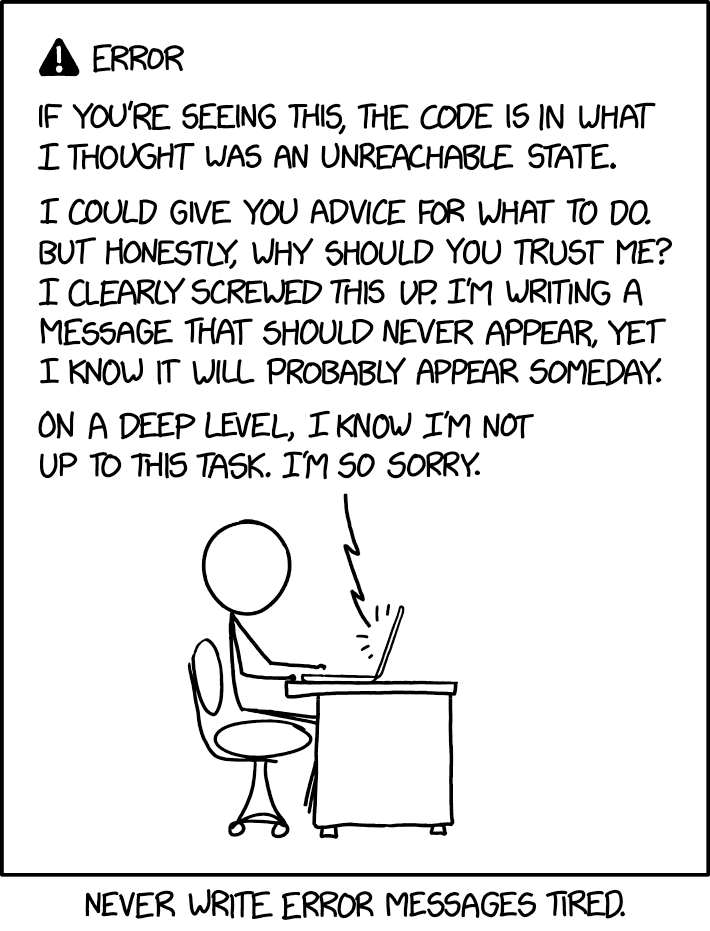2025/02/23
Rocks, pebble, sand: A metaphor for value management
One of the most valuable lessons I’ve learnt as a manager is the rocks, pebble and sand metaphor. It’s a great way to think about how we manage time, but it’s an even better way to think about how we manage value by filling our time with a constant stream of tasks and activities that deliver value on multiple levels, while still allowing us to focus on the bigger picture.
It can be really easy to get caught in the trap of minimising this concept into “Schedule what’s important first”, but it’s so much more than that. It’s about understanding the value of each task, and how different streams of value can interact and build on each other to create something truly great.
Let’s uncover some key aspects of that.
Who owns what?
The cool thing about the rocks, pebble and sand metaphor is that it’s not just about the time tasks themselves take, but also about the type of value they deliver for whom.
This tables offers a good overview:
| Rocks | Pebble | Sand | |
|---|---|---|---|
| Time commitment | Long (months) | Medium (weeks) | ≤1 Sprint |
| Focus | Impact | ROI | Throughput |
| Outlook | Long-term | Short-term | Quick win |
| Scope | Strategic | Tactical | Quick win |
| Role of Exec | Decider | Observer | Enabler |
| Role of lead | Driver | Decider | Decider (but engage devs) |
| Risks/Footguns | Low impact/Unknown unkwnowns | Low ROI | Scope creep |
Now let’s break down each of these aspects.
Rocks
Rocks are the big, important tasks that drive your business forward. They are also the most dangerous, as they are filled with landmines and hidden dependencies that can blow up in your face if you’re not careful.
They’re tasks that will, no matter how well-oiled your agile machine is, take a waterfall-y shape. This means you have to work your brain (and charisma) muscles the hardest to make sure you intercept all the potential risks and dependencies that could blow up in your face, the earliest possible.
Strategic work is work where Agile methodologies will only help you work on your feedback cyles and make sure you’re not wasting time on the wrong things. But it won’t help you with the strategic thinking and upfront decision-making process that comes with it.
Also, unexpected things will happen. Deadlines are going to be far enough that a lot of stuff will get in the way unadvertedly.

Counterintuitively, you don’t want to be chasing RoI on rocks. You want to be chasing impact. RoI is a metric that can be easily gamed, but this kind of work is bound to shape the path of your business in a timeframe that’s longer than what short-term RoI metrics can gauge. Resist your urge data thirst here, and remember that strategic impact is something that won’t be ever measured by “value per sprint” kind of metrics.
Rocks are a beautiful example of how, as a manager, you should be embracing visions and long-term thinking and enable your team to deliver on them.
You’ll often have to deal with people playing devil’s advocate on both ends of the organizational spectrum, and you must be the one who can navigate others through the fog of uncertainty by chasing the north star of a vision you’ll need to learn to embrace (but don’t forget to always challenge existing assumptions in the process!).
What to keep in mind
- Be super strict and upfront with your DoD.
- Make sure everyone involved has a clear understanding of the value you’re delivering.
- Be prepared to pivot if you need to.
- Try to pull all your failuress tighter to the beginning of the project. Fail fast, fail often and learn from it.
- Don’t chase RoI, chase impact.
- Be a theologist of the vision you’re chasing: be able to ELI5 it, make others love it, and challenge it at the same time.
Pebble
Pebble tasks that are important, but not as important as rocks. These are the tasks which can give you the most bang for your buck if your PM is on board and you’re able to deliver them in a timely manner. Between me and you: they’re the tasks where you can flex your muscles and deliver unexpected value using your unique skills and expertise.
They’re the tasks where you can also teach your team meembers the beauty of experimentation and cross-functional collaboration.
What to keep in mind
- Make sure you’re not overcommitting to pebbles. They’re the tasks where you can shine, but they’re also the tasks where you can easily get lost in the weeds.
- Don’t let pebble -ever- take priority over rocks.
- Don’t let big rocks scare you you away from pebble.
- Measure, experiment and keep your eyes open for unexpected value. Try to make the teams working on pebble as much cross-functional as possible.
Sand
Sand is not to be underestimated. It’s the small, solid glue that holds your foundation tight. They’re the tasks where you can serve slam-dunk alley-oops to your team and let them shine.
Those are also the tasks where you don’t need to give visibility to your stakeholders. They can add up to a significant impact and enable your team to deliver 2x on the big rocks and pebbles, but that doesn’t need the commitment of a promise: you can just hold them in your back pocket and pull them out when you need them.
One trick for high-value sand tasks is to teach their owners to get inspiration from people far from their field of expertise. This doesn’t mean hiding long overdue refactors under the rug, but -regardless of the size- always take your chance to teach people to be enablers for anyone with a vision that can not be achieved without their help.
Sand is the matter that, added up, will make your final product look perfect in execution and that will delight both your customers and your team. It will be the perfect testing setup, the fast CI/CD pipeline, the polished signup button animation, the pixel-perfect design element.
Use sand to let your team cover up for the gaps in the rocks and pebbles, and to let them experiment and polish what they’ve built so far.

Just, as I said, don’t let sand executors drown in sand from their own specialty.
What to keep in mind
- Don’t let sand take priority over pebble or rocks.
- Use it as a -both internal and external- crowd pleaser.
- Make sure you’re not overcommitting to sand.
- Try to always save some capacity for sand.
- Don’t let sand executors drown in sand from their own specialty.